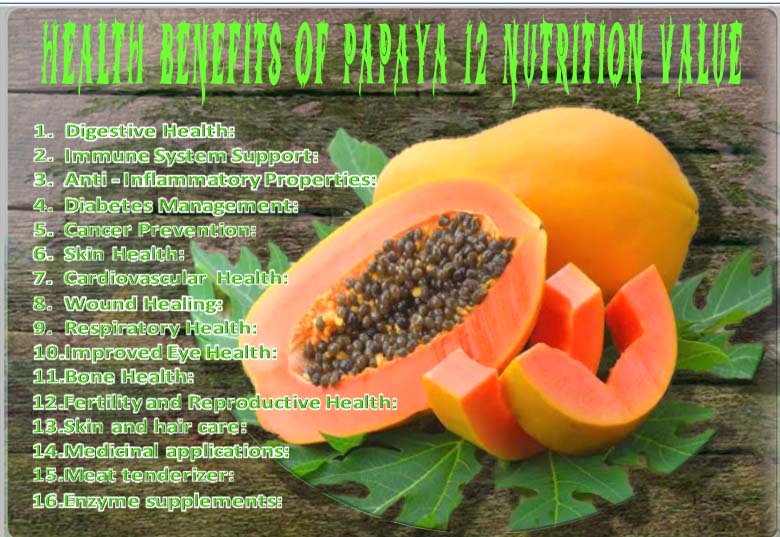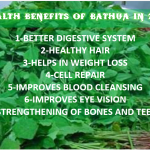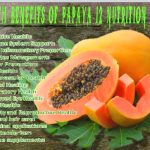little Introduction of Papaya
BENEFITS OF PAPAYA, is a most famous tropical fruits native to Central America. It revered for exceptional nutritional & remarkable health benefits.
HEALTH BENEFITS OF PAPAYA 16 NUTRITION VALUE
Introduction of Papaya
Papaya is one of the most famous tropical fruits native to Central America. It has long been revered for its exceptional nutritional profile and remarkable health benefits. This versatile fruit, with its vibrant orange flesh and distinctive black seeds, has captured the attention of health enthusiasts and medical professionals alike. In this comprehensive blog, let’s explore papaya’s miraculous properties, nutritional value, myriad health advantages, and diverse applications in wellness.
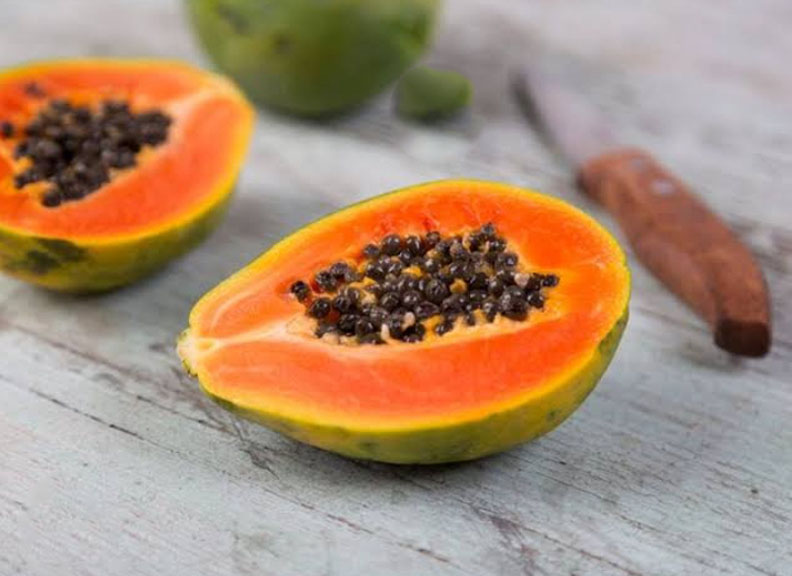
Papaya fruit is widely known for its taste, nutrition and health benefits but not many people are aware of the immensely beneficial Papaya seeds that are usually thrown away. These tiny round seeds are actually edible and are good for our health if consumed in a limited quantity. They help in weight management, relieve menstrual pain and possess anti-cancer properties. They also boost our cardiovascular health and thus are considered as one of the best heart-healthy foods.
Papaya seeds are black and have a shiny, wet and slimy covering. If you remove this covering, you can feel the rough black seeds. They are slightly bitter and peppery in taste. You can consume them by drying and grinding.
Nutritional Value
Papaya is a true nutritional powerhouse, boasting an impressive array of essential minerals, vitamins, and antioxidants. A single serving of papaya (approximately 1 cup, cubed) provides an abundance of t following nutrients:
- Vitamin C: Papaya is among the fruits with the highest citrus acid or vitamin – C content, containing more than 1.5 times the recommended daily intake. This powerful antioxidant is a building block for immune function, collagen production, and skin health.
- Vitamin A: rich in beta- carotene, a precursor to vitamin A, essential for eye health, skin integrity, and cellular growth.
- Folate: remarkable source of folate, a B vitamin crucial for cell division, DNA synthesis, and folate development.
- Potassium: This essential mineral, abundant in Papita, helps maintain blood pressure, muscle function, and nerve transmission.
- Fiber: contains a significant amount of dietary fiber, which supports digestive health, promotes feelings of fullness, and may aid in weight management.
| Calories | Calories: 59 |
| Carbohydrates | Carbohydrates: 15 grams |
| Fiber | Fiber: 3 grams |
| Protein | 1 gram |
| Vitamin C | 157% |
| Vitamin A | 33% |
| Folate (vitamin B9) | 14% |
| Potassium: | 11% |
| Trace amounts of calcium, magnesium and vitamins B1, B3, B5, E and K. | |
Additionally, a source of various other vitamins and essential minerals, including vitamin E, vitamin K, calcium, and magnesium, making it a genuinely well-rounded fruit in terms of nutritional value.
16 HEALTH BENEFITS OF PAPAYA
- Digestive Health:
- Immune System Support:
- Anti – Inflammatory Properties:
- Diabetes Management:
- Cancer Prevention:
- Skin Health:
- Cardiovascular Health:
- Wound Healing:
- Respiratory Health:
- Improved Eye Health:
- Bone Health:
- Fertility and Reproductive Health:
- Skin and hair care:
- Medicinal applications:
- Meat tenderizer:
- Enzyme supplements:
1. DIGESTIVE HEALTH:
Papaya is renowned for its ability to help digestion due to the presence of the papain enzyme. This enzyme helps break down proteins, reducing the possibility of bloating, constipation, and other gastrointestinal issues.
2. IMMUNE SYSTEM SUPPORT:
high concentration of vitamin C. This vitamin helps strengthen the immune system, increasing the body’s ability to fight infections and illnesses.
3. ANTI – INFLAMMATORY PROPERTIES:
Papita contains unique antioxidants, such as lycopene and beta-carotene, which possess potent anti-inflammatory properties. This trait can help alleviate symptoms associated with chronic inflammatory conditions.
4. DIABETES MANAGEMENT:
Papita is good for diabetes. It has a low glycemic index, making it a suitable fruit for people with diabetes. The high fiber content can also help regulate blood sugar levels
5.CANCER PREVENTION:
Studies suggest that the phytochemicals in papaya, including carotenoids and flavonoids, may possess cancer-fighting properties, potentially reducing the chance of certain types of cancer.
6. SKIN HEALTH:
The vitamins C and A present in papaya contribute to healthy skin by promoting collagen production. They also reduce the development of fine lines and wrinkles and protect against sun damage. Found in Papita, has been shown to have wound-healing properties. This enzyme aids in the repair of damaged tissue and promotes faster recovery.
7. CARDIOVASCULAR HEALTH:
combination of fiber, potassium, and antioxidants may help lower cholesterol levels, maintain optimal blood pressure levels, and reduce the risk of heart disease.
8. WOUND HEALING:
The enzyme found in papaya, has been shown to have wound-healing properties. This enzyme aids in the repair of damaged tissue and promotes faster recovery.
9. RESPIRATORY HEALTH:
Anti – inflammatory properties may help reduce symptoms associated with lower respiratory conditions, such as asthma and chronic obstructive pulmonary disease (COPD).
10. IMPROVED EYE HEALTH:
The carotenoids in papaya (lutein and zeaxanthin) can protect the eyes from age-related macular degeneration and cataracts.
11. BONE HEALTH:
Papita has abundant magnesium and vitamin K. Both of these nutrients are crucial for maintaining strong, healthy bones.
12. FERTILITY AND REPRODUCTIVE HEALTH:
Contains of vitamin folate, which is essential for foetal development and overall reproductive health. However, you should avoid consumption of unripe Papita during pregnancy as it may induce unwarranted uterine contractions.
13. SKIN AND HAIR CARE:
Enzymes and antioxidants make it a prominent ingredient in skincare and hair care products. These traits are crucial in exfoliating, nourishing, and rejuvenating the skin and hair.
14. MEDICINAL APPLICATIONS:
Papita leaves and seeds can help to treat numerous ailments, such as dengue fever, malaria, and digestive issues.
15. MEAT TENDERIZER:
Papain, the enzyme found in papaya, is often used as a natural meat tenderizer. It helps break down tough fibers, thus making the meat more soft and more accessible to chew.
16. ENZYME SUPPLEMENTS:
Extracted from papita is commonly used in enzyme supplements to aid digestion and reduce inflammation.
OTHER BENEFIT OF PAPAYA
IF YOU’RE CONSUME RAW PAPAYA FOLLOW THESE STEPS
- Peel the skin of the raw papita using a vegetable.
- Cut the Papita in half and scoop out the seeds from the center.
- Slice of grate the raw papita depending on the recipe or your preference.
- It can be eaten raw in salads or used in various dishes like stir-fries, curries, pickles, or chutneys, some popular dishes include the green papaya salad or Indian papita curry.
- The taste of raw Papita is slightly tangy and mild, similar to a cucumber.
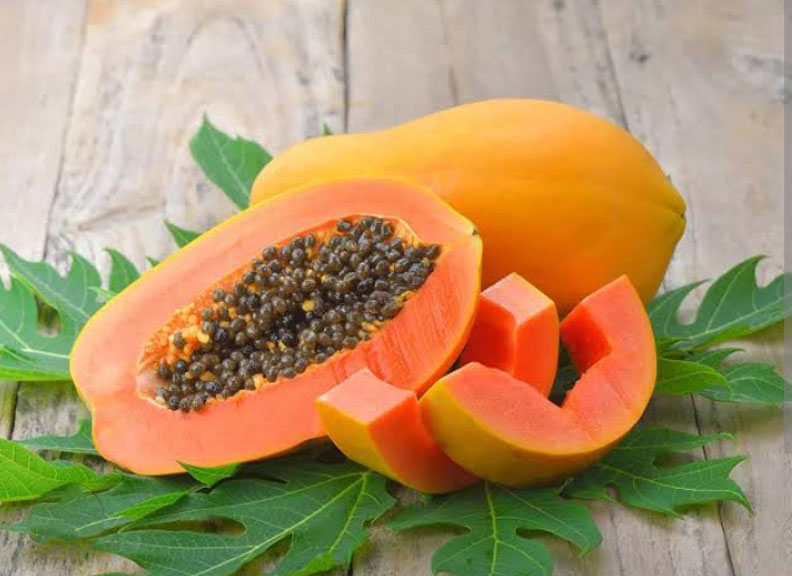
As with any food, it is advisable to consume raw papaya in moderation as part of a balanced diet. Incorporating raw papaya into your diet can provide numerous health benefits, ranging from improved digestion to strengthened immunity and better skin health. However, it is important to note that individual experiences and reactions to foods may vary, and consulting with a healthcare professional is always recommended before making significant changes to your diet.
Powerful Antioxidant Effects
Free radicals are reactive molecules created during metabolism. They can promote oxidative Stress, Which Can lead to various diseases. Papaya contains antioxidants that can neutralize these free radicals – Studies also show that fermented papaya can reduce oxidative stress in o der adults and people with prediabetes, mild hypothyroidism, and liver disease.
Additionally, many researchers believe that excessive free radicals in the brain are a key factor in Alzheimer’s disease, in one Study, Alzheimer’s patients who took fermented papaya extract Six months experienced a reduction in a biomarker of oxidative damage to DNA, which is a so linked to aging and cancer – The reduction in oxidative stress is attributed to the lycopene content in papita and its ability to remove excess iron, which can produce free radicals.
USES OF PAPAYA
Papita is a versatile fruit with a wide range of applications in the culinary and medicinal realms. Here are some of the common uses of papaya:
Culinary uses:
Papita can be enjoyed in various forms, including raw, cooked, or blended into smoothies, salads, and desserts—the fruit’s sweet and tropical flavor pairs well with numerous ingredients.
Skin and hair care:
Enzymes and antioxidants make it a prominent ingredient in skincare and hair care products. These traits are crucial in exfoliating, nourishing, ECT
SIDE EFFECTS OF PAPAYA
While papaya is generally considered safe for consumption, there are a few potential side effects to be aware of:
- Allergic reaction:
After consuming papaya, some people may encounter allergic reactions, such as skin irritation or digestive discomfort.
- Latex sensitivity:
Contains a milky latex substance that can result in skin irritation or allergic reactions in people with latex sensitivities.
- Interactions with medications:
Papita may interact with certain medicines, such as blood thinners and diabetes medications, so it’s essential to consult a doctor before incorporating papaya into your diet.
- Unripe papaya consumption:
Unripe papaya contains higher levels of latex and certain enzymes that can potentially cause uterine contraction making it unsuitable for consumption during pregnancy. It’s essential to consume papaya in moderation and to be mindful of any individual sensitivities or health conditions that may be affected by this fruit.
IF YOU WANT TO KNOW MORE ABOUT THESE HEALTH BENEFITS AND THE BENEFITS OF VEGETABLES, CLICK ON THIS LINK
